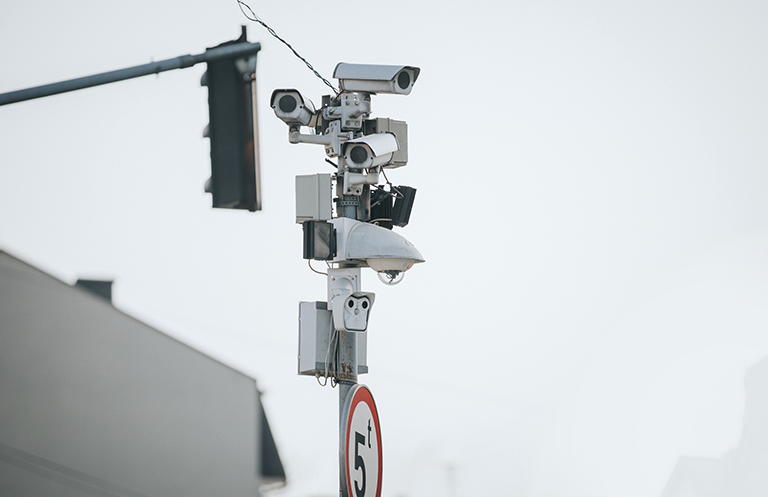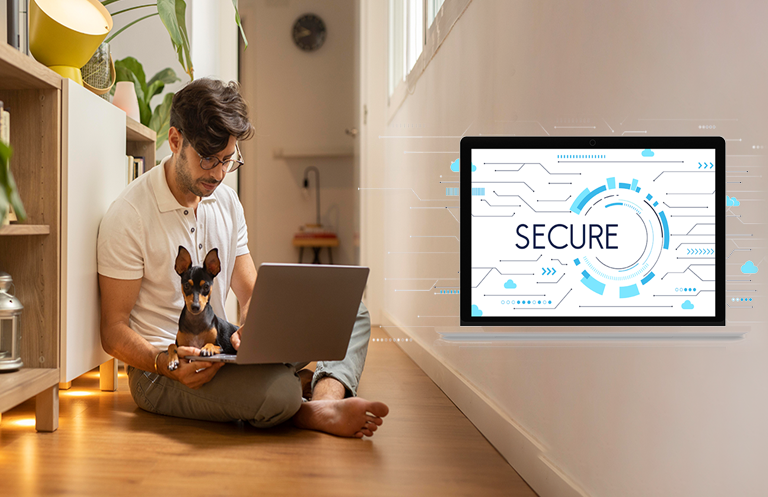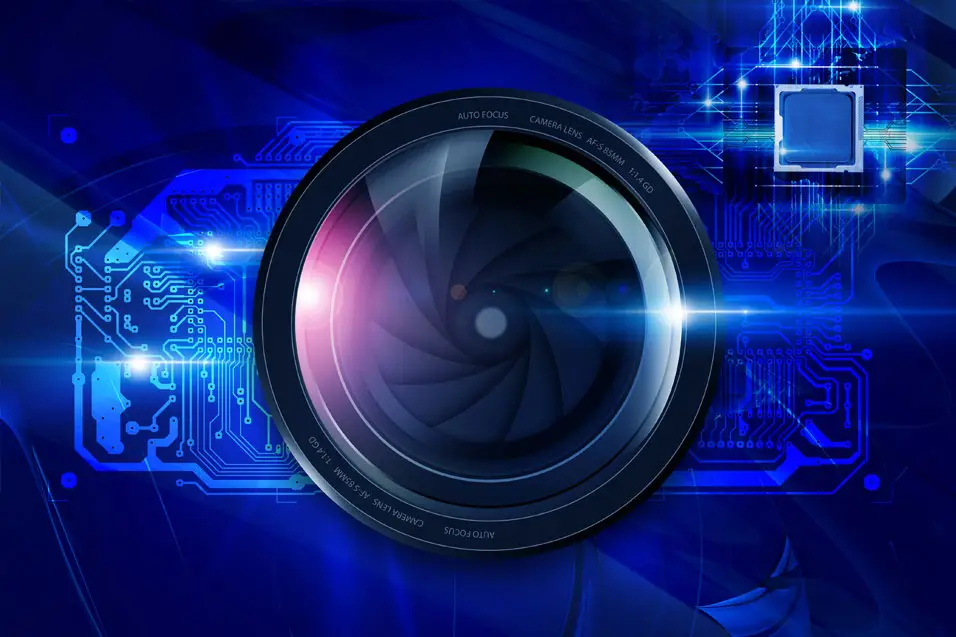IoT device lifecycle management is an emerging trend in IoT solutions deployment. Here, we take a look into its impact on home automation.
Smart homes are the inevitable future. As a homeowner, automating your house gadgets in the IoT era makes good senses as you can take advantage of emerging trends like device lifecycle management. Let’s take a closer look.
Consider these scenarios:
- Can you turn your lights on/off without touching the switch?
- Are you able to set your security/alarm systems remotely?
- Can your temperature sensors be set on autopilot?
- Can you shut your garage door while driving?
If you answered yes to all these questions, congratulations, you already own a smart home now! For the rest of us, a day like this isn’t very far off considering the enormous growth witnessed in connected technologies.
The advent of smart homes was keeping in mind everyday household scenarios we can readily identify with: “Did I turn the AC/lights off?” “Did I set the security alarm?” “Are the kids doing their homework or watching television?” “Was the garage door open when we had left?” When you own a smart home, most of your regular worries will vanish in thin air.
Unleashing the manifold possibilities of smart homes requires an array of devices, sensors and communication protocols which should be easily operable based on a single command via voice, remote control or online apps. You must be able to maximize the application value of your devices over a long period of time.
This is where IoT device lifecycle management can play a handy role. Connected devices, over an entire lifetime, need a control management mechanism. It can be divided into the following stages:
Device Provisioning
There are several smart home platforms and technologies available in the market, e.g. Wi-Fi, Bluetooth, Zigbee, Z-Wave, and many others. Some aren’t even compatible with others, making the problem even more complicated. Most of the time, the consumer has to commit to one particular vendor for their entire smart home ecosystem rather than purchasing individual devices from different vendors as per their choice. Through remote IoT device management, a device can be installed and registered securely, without any manual intervention, while being compatible with different platforms. All you may need is a secure one-time unique authentication code, and a few encryption keys for further communication through network (varies from vendor to vendor).
Device Management
Smart devices like security and surveillance cameras, temperature sensors, smart remote, video doorbells collect data continuously, so proper and secure data collection is a huge concern for consumers and service providers. Through IoT device management, a life term analysis of devices and sensors can be made possible. Secure data collection and automatic cloud integration is done. If any device is outdated and not compatible with the network, new device on-boarding and old device off-boarding can be done as per requirements.
Device Monitoring
Is your smart lock damaged? Is your camera recording properly? Is your thermostat working properly? Are your smart devices having latest updates? All these questions can be answered through proper device monitoring, diagnostics and troubleshooting. The biggest advantage is a reduction in field visit costs. The service cost of smart devices can be further reduced through predictive maintenance. Service reliability can be improved with 24*7 device monitoring.
Device Updates and Cloud Integration
Every year a new home automation system or product is launched that make all the previous systems look outdated. So, it would seem that customers who have already invested in older systems might need to purchase new systems if they wish to upgrade their software. If a device is compatible with the latest updates on running smoothly with the current network, automatic updates are possible with cloud and enterprise integration for remote feature enhancements and bug fixing.
How eInfochips can help
eInfochips’ IoT device lifecycle management platform is capable of capturing the entire connected device lifecycle, from device provisioning, management and monitoring to device firmware and software updates with cloud integration. Check out our case study on Managing Devices Remotely in Home Automation Solution.













